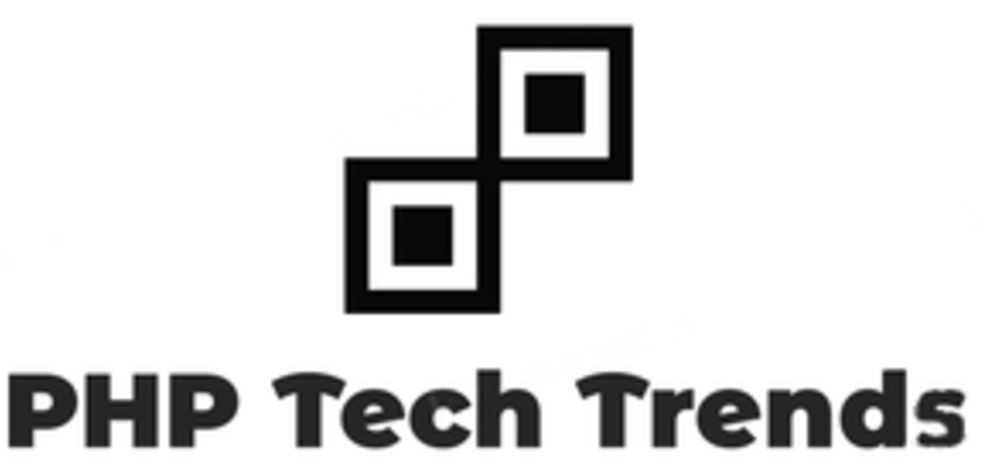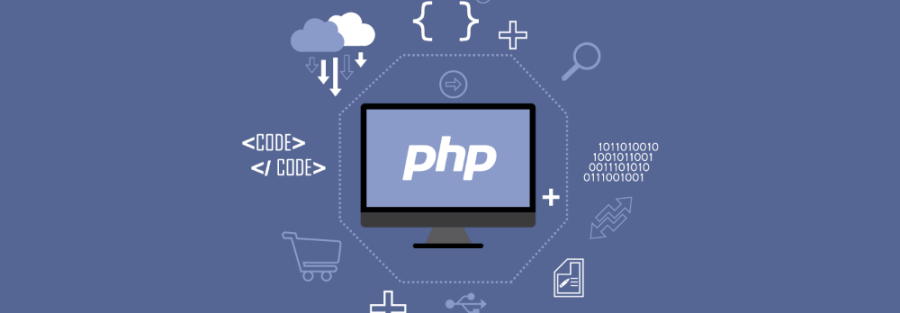Welcome to the world of Continuous Integration (CI) in PHP development! If you’re a developer who strives for efficiency, improved code quality, and faster software delivery, then CI is your secret weapon. With its ability to automate build processes and catch bugs early on, CI has become an invaluable practice for teams working on PHP projects.
In this blog post, we’ll explore the benefits of using continuous integration in PHP development and discover strategies for optimizing performance within CI pipelines. Whether you’re new to CI or looking to enhance your current workflow, we’ve got you covered with best practices that will supercharge your PHP development process.
Benefits of Using Continuous Integration in PHP Development
Continuous Integration (CI) is a software development practice that involves regularly merging code changes from multiple developers into one shared repository. In PHP development, CI can bring numerous benefits to the table.
Using CI in PHP development ensures that any errors or bugs are caught early on in the process. This means less time spent debugging and more time focused on actual coding. With the ability to automatically run tests and checks with every code change, developers can quickly identify and resolve issues before they become bigger problems down the line.
CI promotes collaboration among team members by providing a central platform for sharing code. This not only enhances communication but also allows for better version control and easier tracking of changes over time.
CI helps streamline deployment processes by automating tasks such as building, testing, and deploying applications. This results in faster release cycles and smoother delivery of new features to end-users.
Another advantage of using CI in PHP development is improved code quality. By continuously integrating code changes and running automated tests, it becomes easier to maintain high standards of coding practices throughout the project.
Incorporating Continuous Integration into PHP development offers numerous benefits including early bug detection, enhanced collaboration among team members, streamlined deployment processes, and improved overall code quality.
Strategies for Improving Performance in CI Pipelines
1. Optimize Code: One of the most effective strategies to improve performance in CI pipelines is to optimize your code. This includes minimizing redundant or unnecessary code, improving algorithm efficiency, and using caching techniques where applicable.
2. Parallelize Tests: Running tests in parallel can significantly speed up the testing phase of the CI pipeline. By dividing test suites into smaller chunks and running them simultaneously on multiple machines or containers, you can reduce overall execution time and get faster feedback on code changes.
3. Use Build Caches: Leveraging build caches can save valuable time by reusing previously built dependencies or artifacts during subsequent builds. This eliminates the need to rebuild everything from scratch each time and allows for faster deployments.
4. Utilize Continuous Deployment Strategies: Implementing continuous deployment practices like feature toggles or blue-green deployments enables granular control over when new features are released to production environments. This not only improves performance but also reduces downtime and minimizes risk.
5. Monitor Performance Metrics: Incorporating monitoring tools into your CI pipeline helps identify performance bottlenecks early on, allowing you to proactively address them before they impact users’ experience negatively.
6. Automate Performance Testing: Integrating automated performance testing as part of your CI pipeline ensures that any degradation in system performance is caught early in the development process, preventing issues from reaching production environments.
By following these strategies, developers can enhance their PHP development pipelines’ efficiency and deliver high-performing applications consistently without compromising quality or stability. Remember that continuous improvement should be a core principle of any successful CI implementation!
Best Practices for Integrating PHP and CI
When it comes to integrating PHP and Continuous Integration (CI), there are some best practices that can greatly improve the efficiency and reliability of your development pipeline. Here, we will explore a few key strategies to consider.
It is important to ensure that your PHP codebase is well-structured and modular. This helps in achieving faster build times during the CI process. By breaking down your application into smaller, more manageable components, you can parallelize the testing and deployment stages, leading to quicker feedback loops.
In addition to modularizing your codebase, implementing automated testing is crucial for successful integration with CI. Writing comprehensive unit tests ensures that any changes or additions made to your code are thoroughly checked before being merged into the main branch. This not only improves the stability of your application but also allows for faster identification and resolution of issues.
Another best practice involves using caching mechanisms effectively within your CI setup. Caching commonly used dependencies or intermediate artifacts can significantly reduce build times by avoiding unnecessary recompilation or reinstallation steps.
Furthermore, optimizing database interactions is essential for efficient integration with CI pipelines. Avoiding complex queries or inefficient data access patterns can help minimize execution time during testing phases.
Utilizing cloud-based infrastructure such as scalable compute resources or containerization platforms like Docker can enhance performance in CI pipelines by providing on-demand provisioning of resources when needed.
By following these best practices for integrating PHP with Continuous Integration processes, developers can streamline their workflows and achieve faster feedback cycles while maintaining high-quality standards throughout development iterations.
Conclusion
In this fast-paced world of software development, continuous integration has become an essential part of the process. And when it comes to PHP development, implementing CI can bring tremendous benefits in terms of performance and efficiency.
By using a robust CI pipeline, developers can catch bugs and issues early on, ensuring that code is thoroughly tested before being deployed. This not only saves time but also reduces the chances of critical errors slipping through the cracks.
Automating processes such as testing and deployment, developers can focus more on coding rather than manually carrying out repetitive tasks. This leads to increased productivity and faster delivery of high-quality applications.
To get the most out of your PHP and CI integration, it’s important to follow some best practices. Make sure you have a solid test suite that covers all aspects of your application. This will help identify any regressions or compatibility issues introduced during development.
Consider using tools like PHPUnit for unit testing and Selenium for automated browser testing. These tools provide valuable insights into the functionality and performance of your codebase.
Another strategy is to optimize your code by following coding standards and employing techniques like caching and database optimization. By reducing unnecessary queries or redundant calculations, you can significantly improve performance in your CI pipelines.
Ensure that proper monitoring is in place so that any potential bottlenecks or performance issues are identified promptly. Tools like New Relic or Blackfire can help track down problematic areas within your application.
Integrating PHP with continuous integration brings countless advantages to the table—improved quality assurance measures; reduced risk for errors; enhanced collaboration among team members, efficient use of resources; quicker turnaround times—and ultimately leads to better overall project outcomes.

